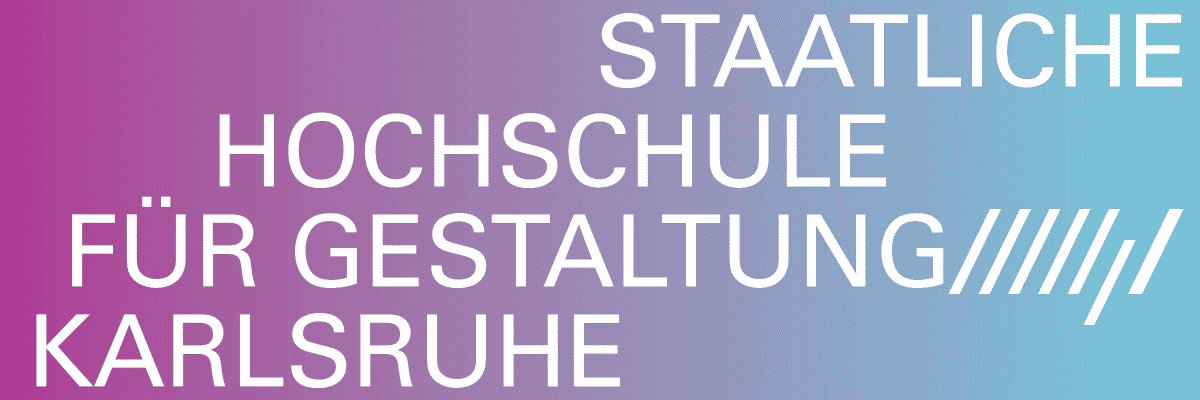
Florian Goldmann with SERAPIS MARITIME
Navigating Risk Chiasms. A Test Arrangement
Project Info
- 💙 SECCMA TRUST
- 🖤 Florian Goldmann with SERAPIS MARITIME
- 💜 Florian Goldmann
- 💛 Florian Goldmann
Share on

Florian Goldmann with Serapis Maritime: Navigating Risk Chiasms. A Test Arrangement, 2025, exhibition view, SECCMA TRUST, Athens
Advertisement

Florian Goldmann: Tower of the Winds, 2025, mixed media, inkjet prints, 120 x 120 x 205 cm

Florian Goldmann with Serapis Maritime: Navigating Risk Chiasms. A Test Arrangement, 2025, exhibition view, SECCMA TRUST, Athens

Florian Goldmann: Chiasm I (Contingency Filter), 2025, inkjet prints and acrylic paint on cotton gabardine twill fabric, 129 x 129 cm

Florian Goldmann: Tower of the Winds, 2025, mixed media, inkjet prints, 120 x 120 x 205 cm

Florian Goldmann with Serapis Maritime: Navigating Risk Chiasms. A Test Arrangement, 2025, exhibition view, SECCMA TRUST, Athens

Florian Goldmann: Chiasm II (Resilience Dialogue), 2025, inkjet prints and acrylic paint on cotton gabardine twill fabric, 129 x 129 cm

Florian Goldmann with Serapis Maritime: Navigating Risk Chiasms. A Test Arrangement, 2025, exhibition view, SECCMA TRUST, Athens

Florian Goldmann with Serapis Maritime: Navigating Risk Chiasms. A Test Arrangement, 2025, exhibition view, SECCMA TRUST, Athens

Florian Goldmann: Tower of the Winds, 2025, mixed media, inkjet prints, 120 x 120 x 205 cm

Serapis Maritime: Piraeus Golden Hour, 2024, collection of garments, accessories and jewellery, printed, woven, knit, dyed fabrics, mixed media, dimensions variable

Serapis Maritime: Piraeus Golden Hour, 2024, collection of garments, accessories and jewellery, printed, woven, knit, dyed fabrics, mixed media, dimensions variable

Florian Goldmann with Serapis Maritime: Navigating Risk Chiasms. A Test Arrangement, 2025, exhibition view, SECCMA TRUST, Athens

Florian Goldmann: Chiasm III (Management by Exception), 2025, inkjet prints and acrylic paint on cotton gabardine twill fabric, 151 x 110 cm

Florian Goldmann with Serapis Maritime: Navigating Risk Chiasms. A Test Arrangement, 2025, exhibition view, SECCMA TRUST, Athens

Florian Goldmann: Portolan, 2025, cardboard, plaster, tar emulsion, labels, dimensions variable

Florian Goldmann: Portolan, 2025, cardboard, plaster, tar emulsion, labels, dimensions variable

Florian Goldmann: Portolan, 2025, cardboard, plaster, tar emulsion, labels, dimensions variable

Florian Goldmann: Portolan, 2025, cardboard, plaster, tar emulsion, labels, dimensions variable

Florian Goldmann: Portolan, 2025, cardboard, plaster, tar emulsion, labels, dimensions variable
“Navigating Risk Chiasms. A Test Arrangement” is the first iteration of a collaborative research effort between Florian Goldmann and Serapis Maritime, surveying the global networks of maritime risk cultures. Speculatively expanding on the aesthetics and materialities of seafaring, a narrative around both, contemporary models of risk management and the seafarers’ embodied knowledge of leveraging the forces of nature is developed.
The term “risk” can be traced back to the medieval Mediterranean Sea, where it was first used in insurance contracts, securing oversea trade. By defining and quantifying the risk of contingent damage events at sea, these insurance contracts served as an auxiliary technique facilitating maritime trade, virtually extending dry land, the secure realm of humanity, into the intractable seas. Superimposing a coordinate framework over the ocean, mapping contingent risks, allowed ventures formerly considered too hazardous
“Risk” can thus be considered the conceptual foundation of today’s global trade. In order to sustain it, insurance companies quantify the uncertainty of the seas in risk models, locating potential threats in virtual risk landscapes. The risks of seafaring thereby quantified, are commodified as tradeable assets. This back-up serves to perpetuate the smooth operating of seaways. The exhibition revolves around the question of how these virtual risk landscapes inscribe themselves into the basis of their calculation, that is the physical world and the biographies of the people inhabiting it.
The actuary, designing above-mentioned risk models, and the seafarer both roam the maritime space, the former virtually the latter physically. There are chiasms—points of intersection and friction—between their differing perceptions of risk at sea. The seafarer is meant to operate according to administrative protocols, remotely conducted by shipping companies, that take into account the terms set by insurance companies and negotiated with states. The seafarer finesses these protocols, sometimes leveraging them to comply with the overall purpose of the trip or to steer through moments of contingent crisis. The human element, the embodied knowledge of operating the vessel, of navigating the seas, cannot be taken into consideration in the protocols. It is based on handed-down narratives of coping with the uncertainty of the seas as well as with the contingencies of the technology that the ship is.
The ceaseless functioning of maritime trade is widely taken for granted, as 90 percent of transported goods are moved by sea. It remains invisible as long as its smooth operating ensures and perpetuates consumption. Disturbances such as the 2021 Suez Canal obstruction or the recent attacks on tankers by the Houthi rebels show that trade routes become increasingly volatile, while climate change adds to its vulnerability. And while maritime shipping itself accounts for merely three percent of global emissions, in its role as infrastructure it is vital for the continuation of the growth-oriented, climate change-inducing global economy as a whole.
Florian Goldmann




